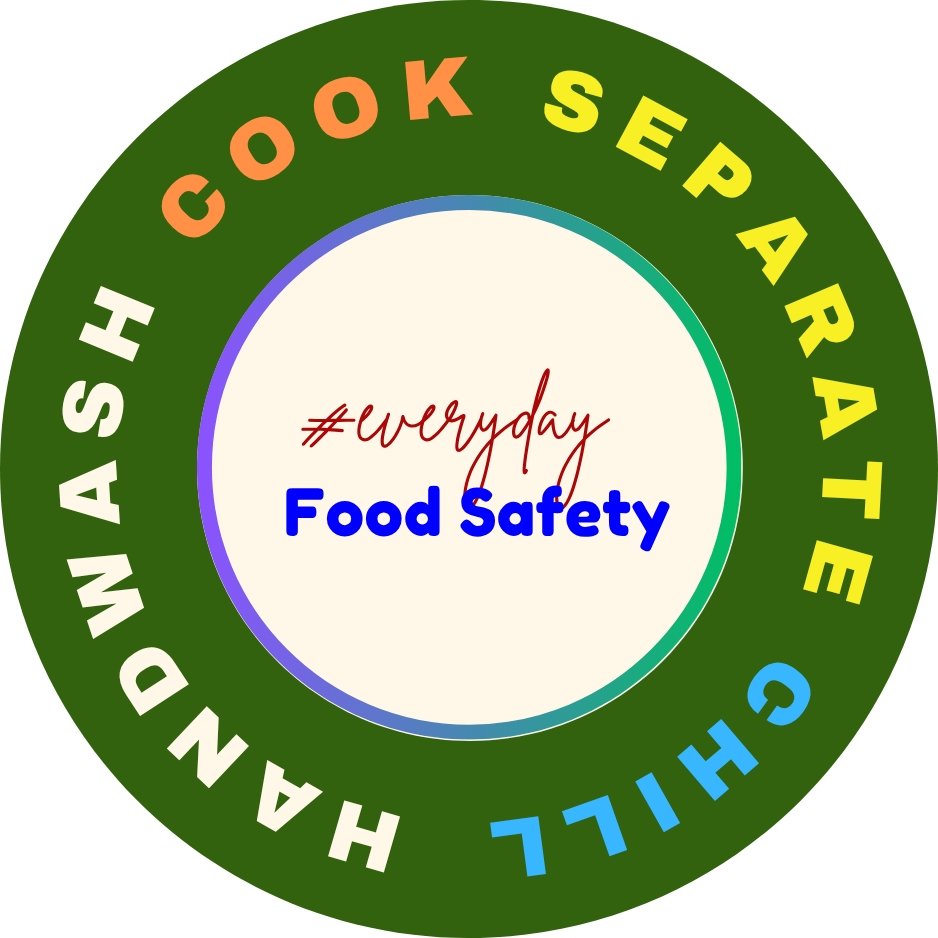Everyday Food Safety
Good Manufacturing Practices (GMP) for Food Business: The Ultimate Guide to Compliance
What Are Good Manufacturing Practices?
Good Manufacturing Practices (GMPs) in the food business are a set of standards that ensure products are consistently produced and controlled according to quality and food safety requirements. These practices cover every aspect of the food production process—from facility design and employee hygiene to equipment, documentation, and product distribution. Implementing GMP helps food businesses minimize contamination risks, ensure traceability, and maintain product integrity throughout the supply chain.
According to the World Health Organization (WHO) and the U.S. FDA, GMPs are critical for ensuring food safety through documented procedures and hygiene controls.
Why is GMP Important?
Good Manufacturing Practices (GMP) in the food business play a vital role in protecting public health by ensuring food safety, maintaining product quality, and complying with regulatory standards. For food manufacturers, adhering to GMP is often a legal requirement and forms the foundation for advanced systems like Hazard Analysis and Critical Control Points (HACCP) and ISO standards.
Key Components of Good Manufacturing Practices (GMP) for Food Business
A. Organization and Personnel
Ensure sufficient staffing, clearly define roles for production and Quality Assurance, and verify that employee training is validated with supporting documentation.
Sample record(s): list or number of employees involved in the operation, Table of Organization, Job Description of the Employee, Annual Medical Exam Results, 201 File of the Employee, CV or resume of the employee, relevant Training Certificate(s).
B. Premises and Facility Design
Design a cleanable, pest-free, and well-maintained plant with an appropriate layout, sufficient lighting, and ideal airflow.
Sample records: food plant master plan layout, housekeeping records, solid waste management records, repair and maintenance records, and illumination monitoring records.
C. Equipment and Calibration
Use non-toxic, easy-to-clean equipment, perform routine calibration, and keep detailed preventive maintenance records.
Sample record(s): Equipment Calibration Records, Production Parameters Monitoring Records (such as Temperature Monitoring Records and Pressure Monitoring Records), Equipment Preventive and Maintenance Records, Equipment Cleaning and Sanitizing Records, and Equipment Food Grade Certificates (from the supplier, if applicable).
D. Sanitation and Hygiene
Mandate yearly medical exams, hygiene training, drinking water use, and thorough pest and waste management.
Sample Records: Annual Medical Exam Results, Personal Hygiene Inspection Report, Relevant Training Certificates, Water Analysis Results (internal or supplied), Ice Analysis Results (internal or supplied), Pest Control Program, Pest Control Inspection Reports (both internal and through a service provider).
E. Production and Process Control
Inspect and store raw materials correctly, monitor production parameters, and separate ingredients containing allergens.
Sample Reports: Incoming Materials Inspection Report, Parameters (e.g., Temperature and Pressure Monitoring Report), Reject Materials Inspection Report, Inventory of Materials (Raw Materials, Packaging, and Ingredients)
F. Quality Control
Perform inspections and testing on incoming, in-process, and finished products in a dedicated laboratory and inspection sites.
Sample records: Incoming Materials Inspection Report, Reprocessed Product Analysis and Inspection Report, and Finished Product Inspection and Analysis Report.
G. Documentation
First, conduct internal or second-party audits to assess compliance and identify any areas for improvement. Next, take corrective actions to resolve issues found during audits. Finally, provide detailed reports of these actions and findings to executive management for review and decision-making.
Sample Records: Document Control Procedure (SOP for issuing, revising, and withdrawing documents), Revision History Logs, Master List of Documents (including version numbers and approval dates), Signed Production Records (e.g., mixing logs, batching records), Process Flow Diagrams, and Specifications for Incoming materials, In-process items, Finished products, and Record Approval Logs (signed by supervisor/QA).
H. Quality Audits
Conduct internal or second-party audits, including implementing corrective actions and reporting to executive management.
Sample Record(s): GMP Audit Results, Internal Quality Audit Results
I. Warehousing and Distribution
Maintain secure and clean warehouses, enforce FIFO/FEFO, and ensure accurate product tracking with proper documentation.
Sample records: Warehouse Location Maps, Warehouse Cleaning Records, Truck Inspection Records, Pest Control Programs, and Pest Control Inspection Reports (both internal and from service providers).
J. Product Recall
Develop a recall plan that includes traceability, authority notifications, and yearly mock recalls.
Sample records: Product Recall Program, Mock Recall Record, Inspection/Analysis Results (for incoming materials, in-process items, and finished products), and Dispatch Records from the Warehouse to Points of Sale (POS).
K. Retention of Samples
Maintain labeled retention samples with complete production traceability under market-like conditions.
Sample Records: Sample Retention Log Sheet, Retention Sample Register with date and time of sampling, batch/lot number, quantity retained, storage conditions, expiry or production date, and responsible personnel signature. Photos or physical ID tags, and temperature/humidity logs.
L. Sub-contracting of Manufacture
Establish roles and responsibilities through formal agreements and labeled product traceability.
Sample records: Notarized contract between the principal and the contract manufacturer.
Final Thoughts on GMP
Good Manufacturing Practices (GMP) in the food industry are essential not only as a regulatory requirement but also as a commitment to producing safe and high-quality food. By actively integrating these practices into daily operations, your business can significantly enhance its food safety culture.
Furthermore, this proactive approach helps in minimizing risks associated with food safety. As a result, your organization will be better equipped to meet the expectations of both customers and regulators alike.
Ultimately, embracing GMP leads to greater trust and satisfaction among consumers, reinforcing your brand’s reputation in the market. You can use our GMP Audit Checklist as your action plan and take the first step toward lasting food safety success




